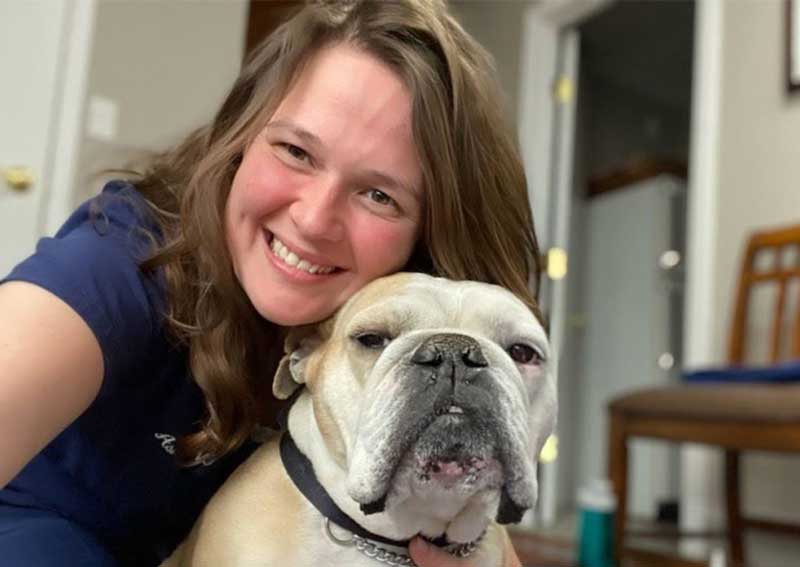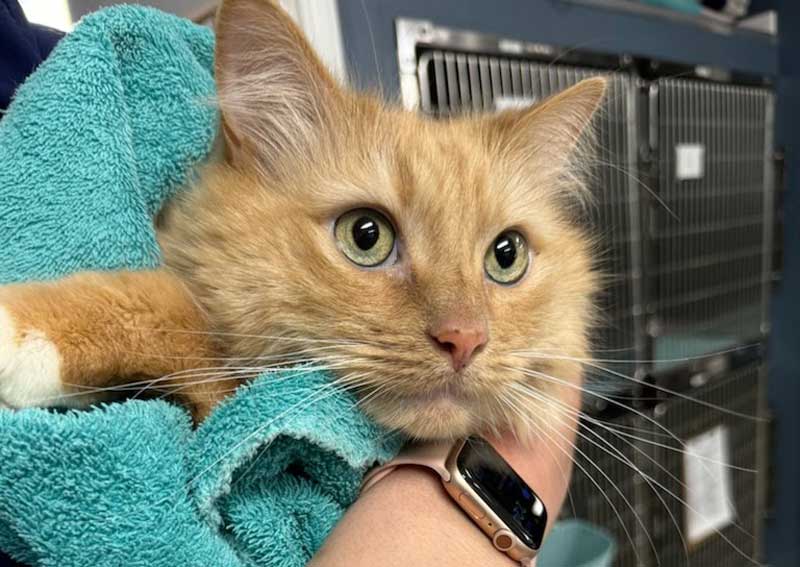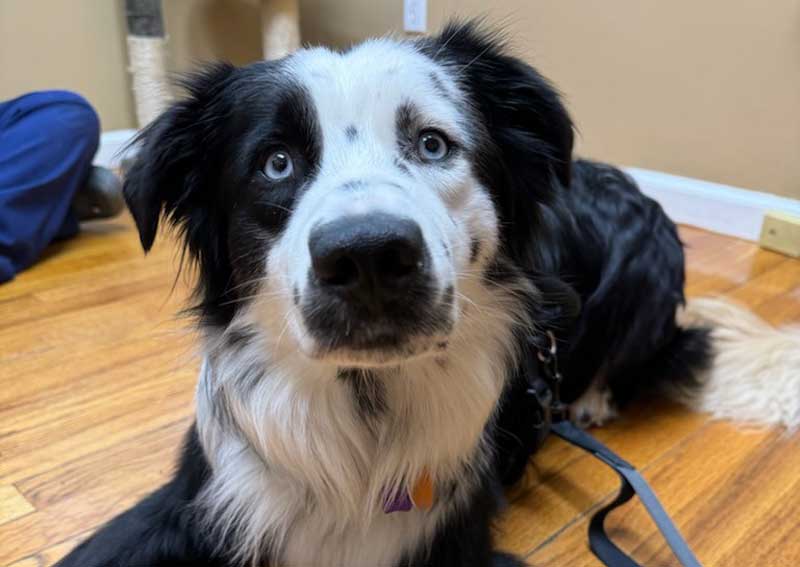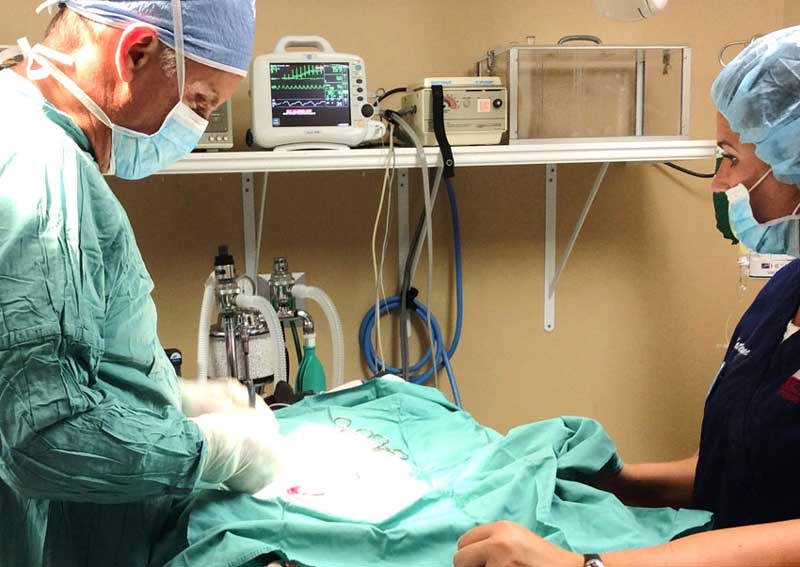The Future of Care
Welcome to Burlington Veterinary Center!
We are a full-service small animal hospital providing state-of-the-art veterinary care. We are dedicated to offering top-notch veterinary care at an affordable price for the beloved animals of the greater Burlington area.
Our full-service hospital is committed to the health and well-being of your companion animals, whether they're dogs or cats. From routine check-ups to surgical care, we provide a comprehensive range of services to meet all your pet's needs.
We take pride in the fact that we are a certified "Cat-Friendly Practice" and practice Fear Free Techniques to alleviate stress in your pets when they come to our practice!
Call us at (860) 675-6009, or request your next appointment online today!
Our Clients Love Us

Since my first visit over 20 years ago, the doctors and staff have always been kind, caring, and compassionate. My fur kids receive excellent care and I can't imagine going anywhere else.
Elise Francoeur

Absolutely love this vet. Always very thorough and kind! Diesel and Reggie are so comfortable here!
Sam B

4.8
Rating on
Google Reviews!


.png)


